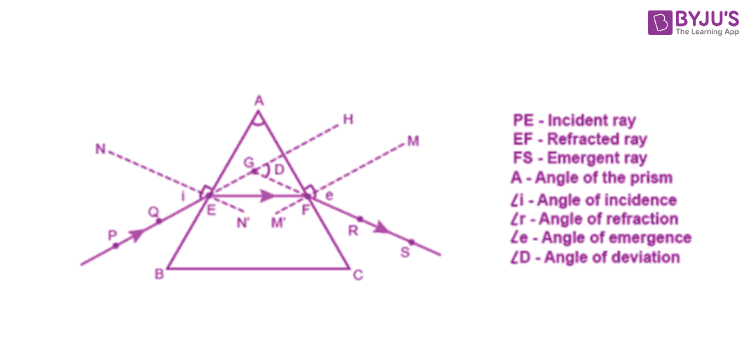Did you know that scientists today are very close to successfully inventing an invisibility cloak? If you think this is magic, you are wrong. The aim of these scientists is to make a fabric that will hide objects completely, at least in visible light. This is based on a very basic scientific principle, and that is the principle of refraction. According to this, when light travels from one medium to another, it changes its direction.
Phenomena caused by Refraction:
Refraction is the cause for a lot more phenomena.
- When you look at a straw dipped in a glass of water, the part in the air and the part in water look like they are not the same straw! It looks distorted.
- Sometimes, in a desert, travellers see water or trees on the ground, when there is actually nothing there. This phenomenon is known as ‘mirage’.
- Some other natural phenomena that also occur because of refraction, such as the twinkling of stars and the formation of rainbows.
A rainbow is formed when sunlight passes through water droplets and disperses into the 7 colours it is made up of. In fact, rainbow-like substances can be formed even when light passes through a prism. Due to the shape of a prism, dispersion of light can take place when it passes through it. To understand this, let’s understand how refraction occurs when light passes through a glass prism.
Refraction of Light through a Glass Prism
- If you take a glass prism, you can see that it has 2 triangular bases and three rectangular lateral surfaces, inclined at an angle. This angle is called the angle of the prism.
- Let’s look at a top view of a triangular prism with a ray of light entering it.

In the figure above, A is the angle of the prism.
- As per Snell’s law, light travelling from a rarer medium to a denser medium bends towards the normal, and vice versa. Glass is denser than air, and thus, when a ray of light falls on the surface of the prism, it bends towards the normal. According to the diagram, ray PE falls on the surface of the prism and bends towards the normal NE.
- Then, while moving from the glass to air, the emergent ray FS bends away from the normal.
- ∠HDS is the angle of deviation which tells us how much the emergent ray has deviated from the incident ray. When the angle of incidence is equal to the angle of emergence, the angle of deviation is minimum.
- According to the figure, ∠PEN = ∠MES and ∠HDS is thus the angle of minimum deviation. The refracted ray EF is parallel to side BC in this case.
This is how a ray of white light scatters into 7 colours when it passes through a prism. The different colors of light wave experience a different degree of deviation and thus white light splits into its components when it is subjected to refraction.

Stay tuned with BYJU’S to know more about Refraction Of Light Through A Glass Prism, stars and much more.




Comments